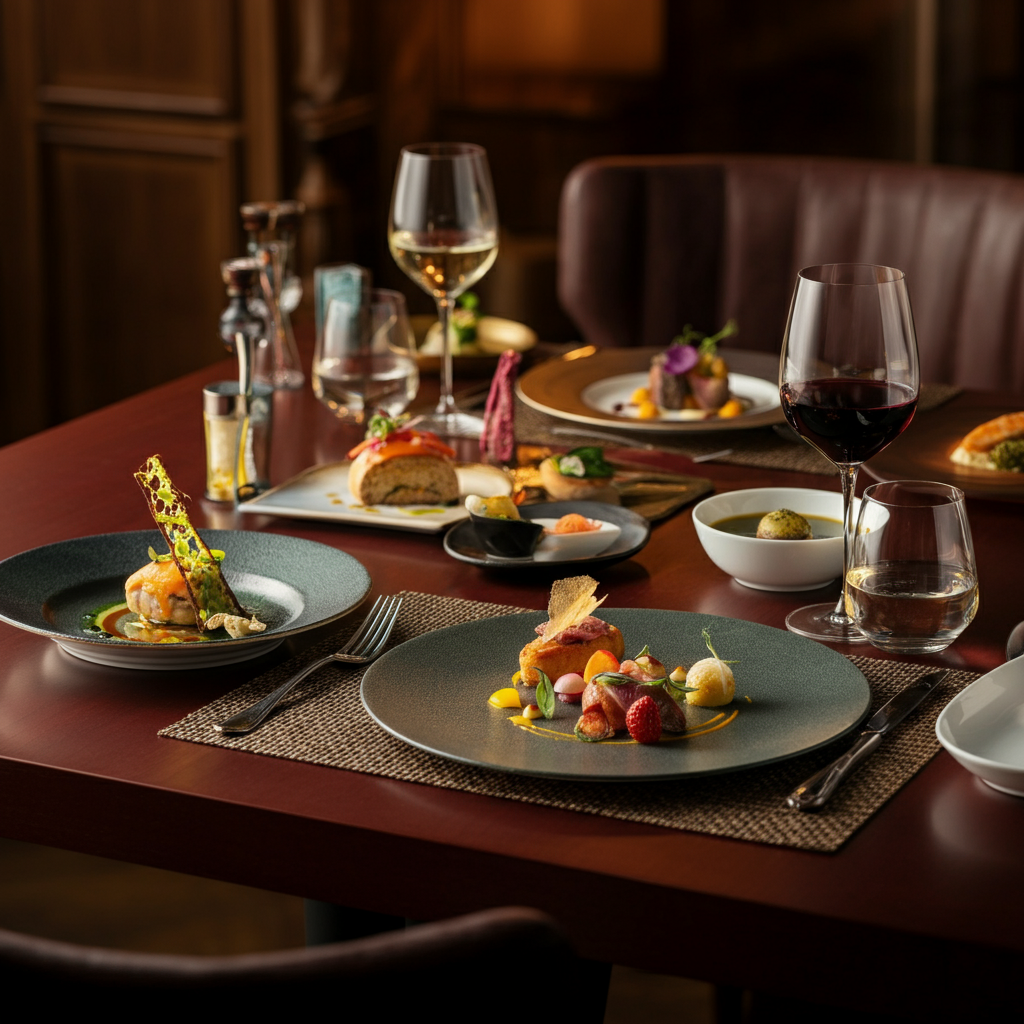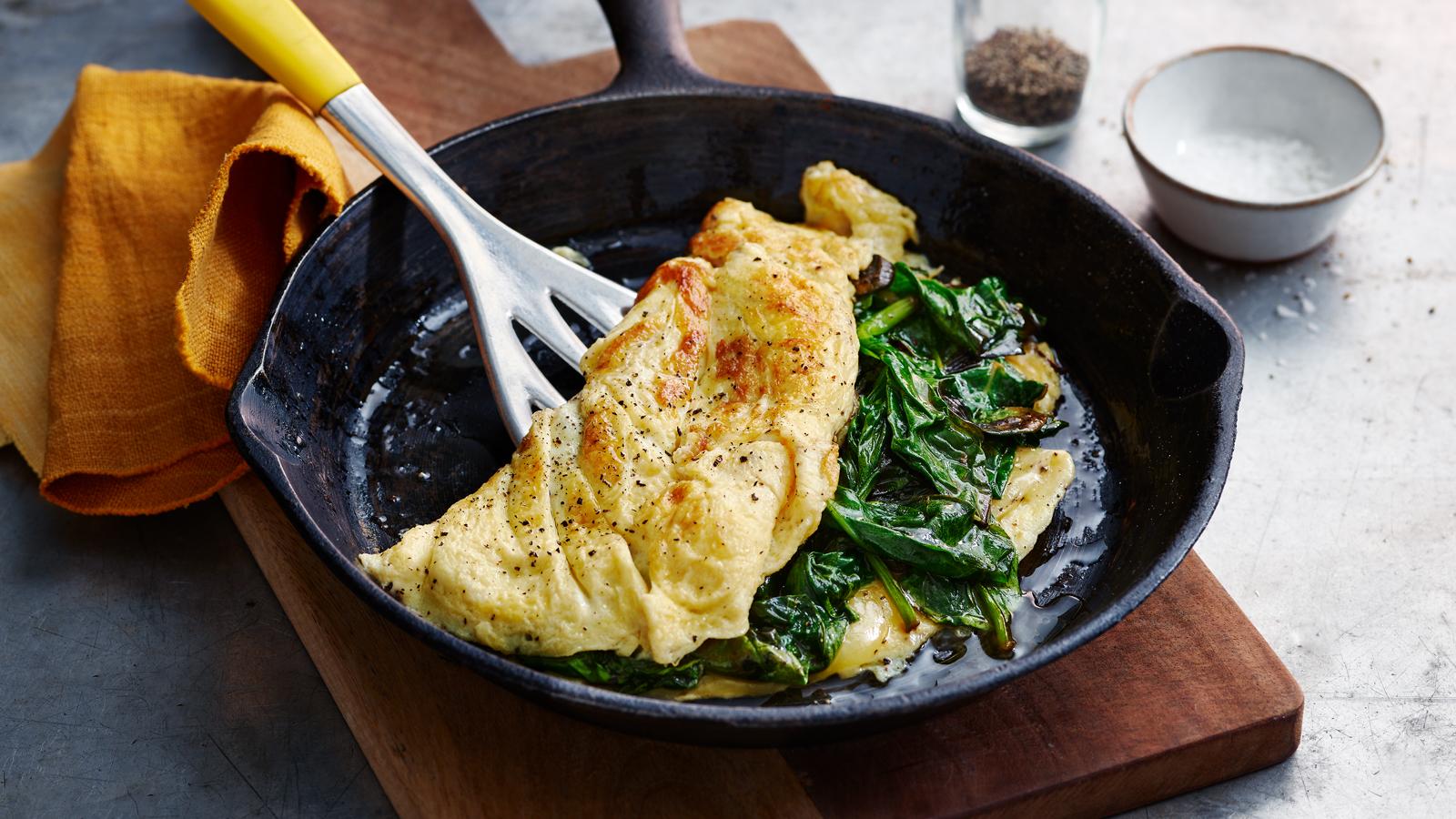Few things bring as much satisfaction as the perfect harmony between a glass of wine and a delicious meal. The art of wine and food pairing isn’t just for sommeliers or wine enthusiasts; it’s something everyone can enjoy with a little guidance. Whether you’re preparing a dinner party, trying to elevate your weeknight meal, or simply looking to expand your knowledge, understanding wine and food pairing principles can transform your dining experiences.
This guide will take you on a flavorful journey through the basics of wine and food, principles of pairing, and creative tips to experiment with your newfound knowledge. By the end, you’ll be equipped to craft unforgettable pairings and savor wine like never before.
Understanding the Basics of Wine
To pair food with wine, it’s essential to first understand the components of wine itself. While wine comes in many varieties, its core characteristics determine how well it complements food.
Types of Wine
- Red Wine: Known for its bold, tannic qualities and flavors of dark fruits.
- White Wine: Crisp and refreshing, often with citrus or floral notes.
- Rosé: A middle ground between red and white, offering fresh and fruity flavors.
- Sparkling Wine: Effervescent and lively, with a balance of acidity and light sweetness.
Key Characteristics to Consider
- Acidity: Gives wine its refreshing quality, making it a great palate cleanser.
- Tannins: The drying sensation that comes from red wines, ideal for cutting through fatty foods.
- Sweetness: Balances spicy dishes or pairs with desserts.
- Body: The weight and texture of a wine, which should match the intensity of the food.
By understanding these characteristics, you can start to see how wine interacts with various types of food. But wine is only half of the equation.
Understanding the Basics of Food
Food is just as complex as wine, with layers of flavor and texture working together to create delicious dishes.
Food Flavors
The primary flavors to consider when pairing wine with food are:
- Sweet: Found in desserts, fruit, or glazed dishes.
- Sour: Present in citrus, vinegar, or sour cream.
- Salty: Evident in cured meats, cheeses, and snacks.
- Bitter: Common in dark leafy greens and certain herbs.
- Umami: The savory quality found in mushrooms, soy sauce, and aged cheeses.
Food Textures
- Rich: Creamy, buttery, or fatty foods often need acidity or tannins to balance.
- Light: Fresh or crisp items pair well with equally light wines.
- Crispy/Crunchy: These invite wines with a vibrant, zippy quality.
Once you understand the flavors and textures of a dish, you can align it with a complementary or contrasting wine.
Fundamental Principles of Wine and Food Pairing
Pairing wine with food is all about enhancing both elements. Here are some core principles to guide you:
Complementary Pairing
This involves matching similar flavors. For example:
- A creamy Chardonnay complements buttery lobster.
- A sweet Riesling pairs beautifully with fruity desserts.
Contrasting Pairing
Contrast flavors for balance:
- Acidic Sauvignon Blanc cuts through the richness of goat cheese.
- A sparkling wine balances salty appetizers like prosciutto-wrapped melon.
Cutting Through Richness
Wines with high tannins, like Cabernet Sauvignon, or high acidity, like Pinot Grigio, bring balance to rich and fatty dishes, preventing the flavors from overwhelming the palate.
Remember, there’s no single right answer. Experimenting is part of the fun!
Pairing Specific Wines with Food
The specifics of pairing wines with food can vary widely. Here’s a deep-dive into popular wine varieties and their best pairings:
Red Wine Pairings
- Cabernet Sauvignon: Grilled red meats, aged cheddar, dark chocolate.
- Pinot Noir: Earthy dishes like mushroom risotto or herb-roasted chicken.
- Merlot: Roasted turkey, pasta with tomato-based sauces, mild hard cheeses.
White Wine Pairings
- Sauvignon Blanc: Fresh salads, oysters, goat cheese.
- Chardonnay: Creamy pastas, roasted chicken, lobster tail.
- Riesling: Spicy Thai food, glazed ham, apple pie.
Rosé Wine Pairings
- Dry Rosé: Mediterranean fare, grilled vegetables, soft cheeses.
- Sweet Rosé: Berry-based desserts, BBQ ribs, or spicy foods.
Sparkling Wine Pairings
- Champagne: Savory hors d’oeuvres, fried chicken, or popcorn.
- Prosecco: Brunch dishes like eggs Benedict or light pastries.
Use this as your cheat sheet for your next wine and food combo!
Regional Pairings
The adage “what grows together, goes together” often rings true. Pairing foods and wines from the same region can be a foolproof strategy:
- Italy: Pair a Chianti with a classic Tuscan steak or a Margherita pizza.
- France: Burgundy wines complement Boeuf Bourguignon beautifully.
- Spain: A Rioja matches the diversity of Spanish tapas.
Looking to celebrate cultural authenticity? Regional pairings deliver an immersive experience!
Common Pairing Mistakes to Avoid
- Overpowering delicate wines with intensely seasoned foods.
- Pairing tannic wines with spicy dishes (opt for sweeter wines instead).
- Ignoring preparation methods or sauces, which can drastically impact pairing.
Knowing what to avoid is just as crucial as knowing what to aim for.
Advanced Pairing Techniques
For those looking to level up, consider these strategies:
- Match weight and intensity between wine and food. Hearty stews pair with full-bodied reds; light salads need delicate whites.
- Leverage umami to bring out depth in wines.
- Use acidity wisely to cleanse the palate and enhance flavors.
Mastering these techniques will make your pairings truly outstanding.
Vegetarian and Vegan Pairings
Plant-based dishes are versatile and pair well with various wines. For example:
- Mushroom-based meals shine alongside earthy Pinot Noir.
- Rich lentil stews pair beautifully with medium-bodied reds like Malbec.
- Grilled veggies and dry rosés are a match made in heaven.
Don’t shy away from exploring how wines can elevate plant-forward meals!
Seasonal Pairings
Adapt your pairings to the flavors of each season:
- Spring: Sauvignon Blanc with asparagus or pea risotto.
- Summer: Rosé with seafood or BBQ dishes.
- Autumn: Merlot with roasted squash dishes.
- Winter: Bold reds like Syrah with braised short ribs.
Enjoy the symphony of flavors each season has to offer.
Tips for Experimenting with Pairings
- Trust your palate. Your preferences matter most.
- Keep track of combinations you love (and don’t love) for future reference.
- Break the rules. Some of the best pairings happen by accident.
Remember, wine and food pairing should feel exciting, not rigid!
People Also Ask
What is the best wine to pair with steak?
Full-bodied red wines like Cabernet Sauvignon or Malbec are ideal for steak, enhancing the flavors of the meat.
Can wine be paired with desserts?
Yes! Sweet wines like Port, Moscato, or sweet Riesling pair wonderfully with rich desserts, while sparkling wines complement light, fruity treats.
How do I pick a wine for a dinner party?
Consider the main dish and opt for versatile wines like Pinot Noir or Chardonnay to please various palates.
Unlock the Art of Perfect Pairings
Wine and food pairing is an art worth exploring. With these tips, you’re ready to create memorable dining experiences that bring out the best in both your food and wine.
Are you ready to take your pairing skills to the next level? Bookmark this guide and start experimenting with combinations today. Cheers to indulgent meals and perfectly paired wines!





